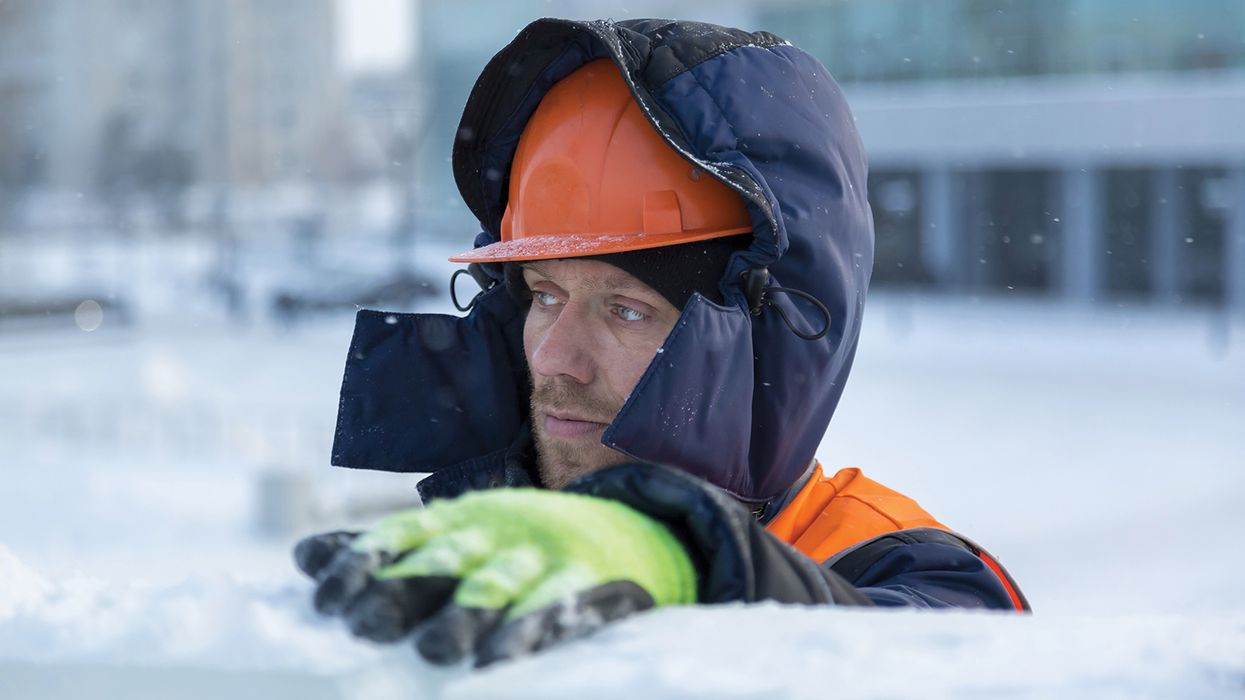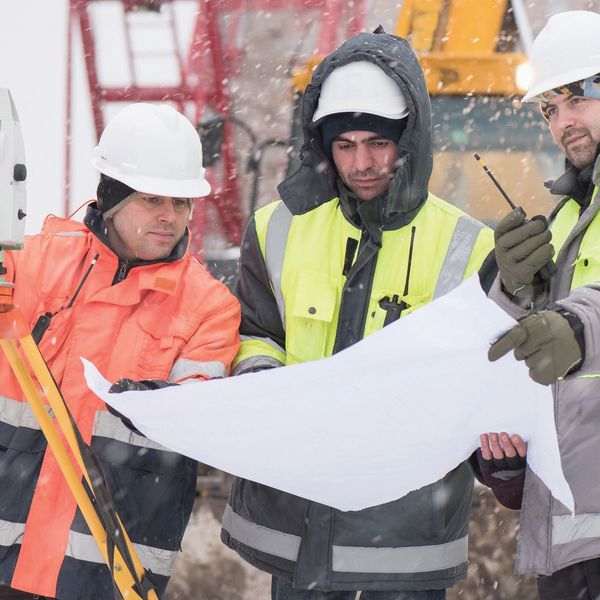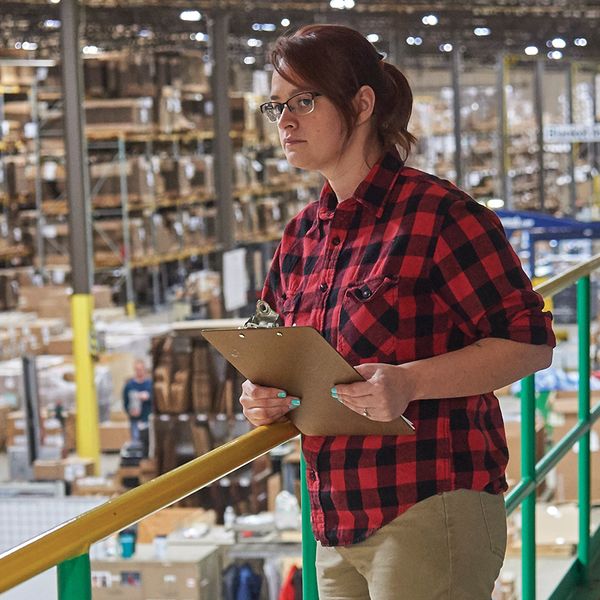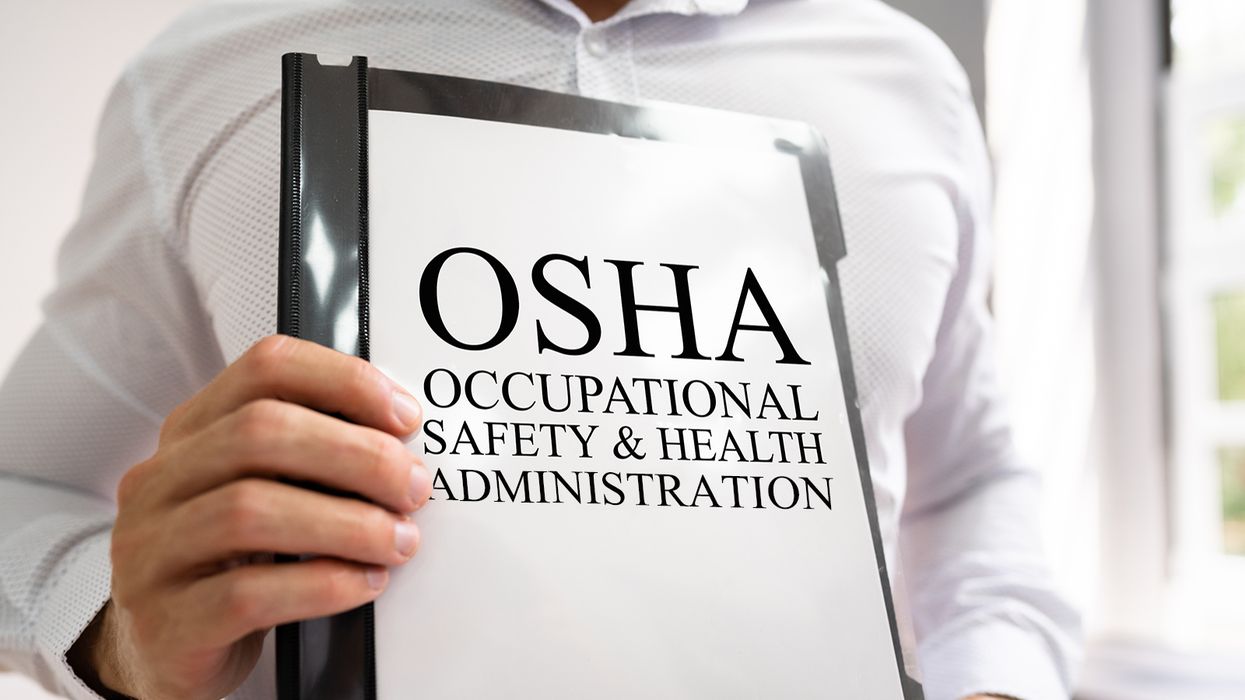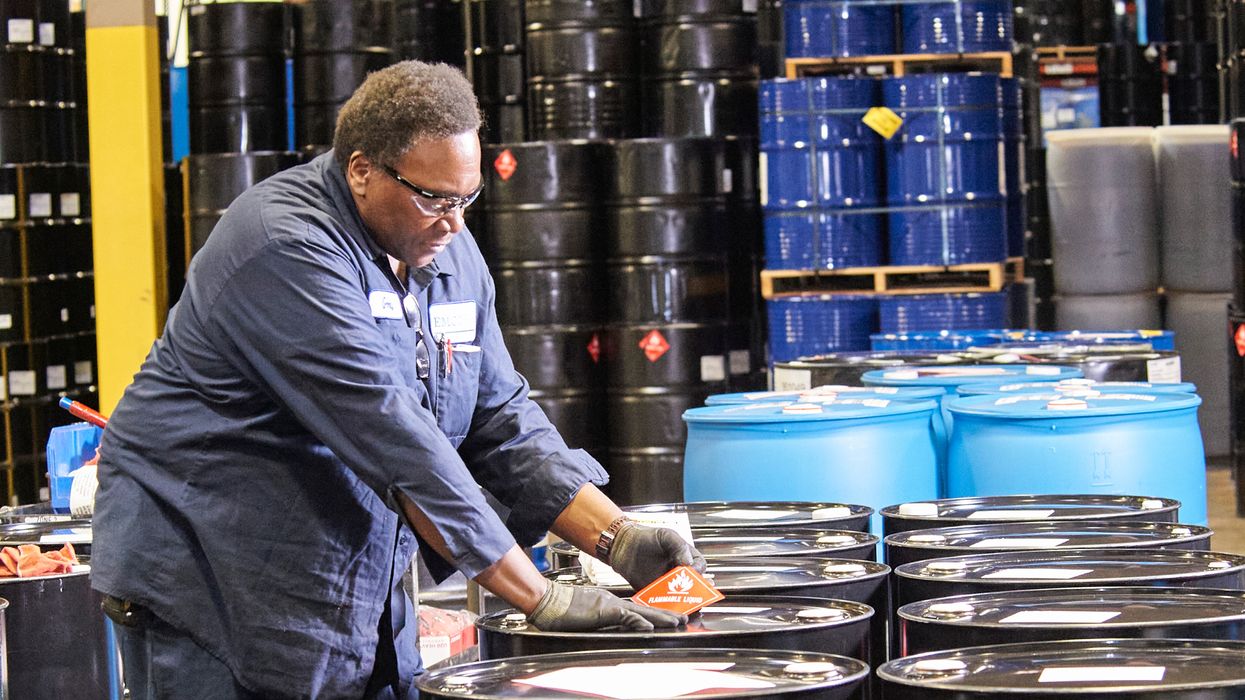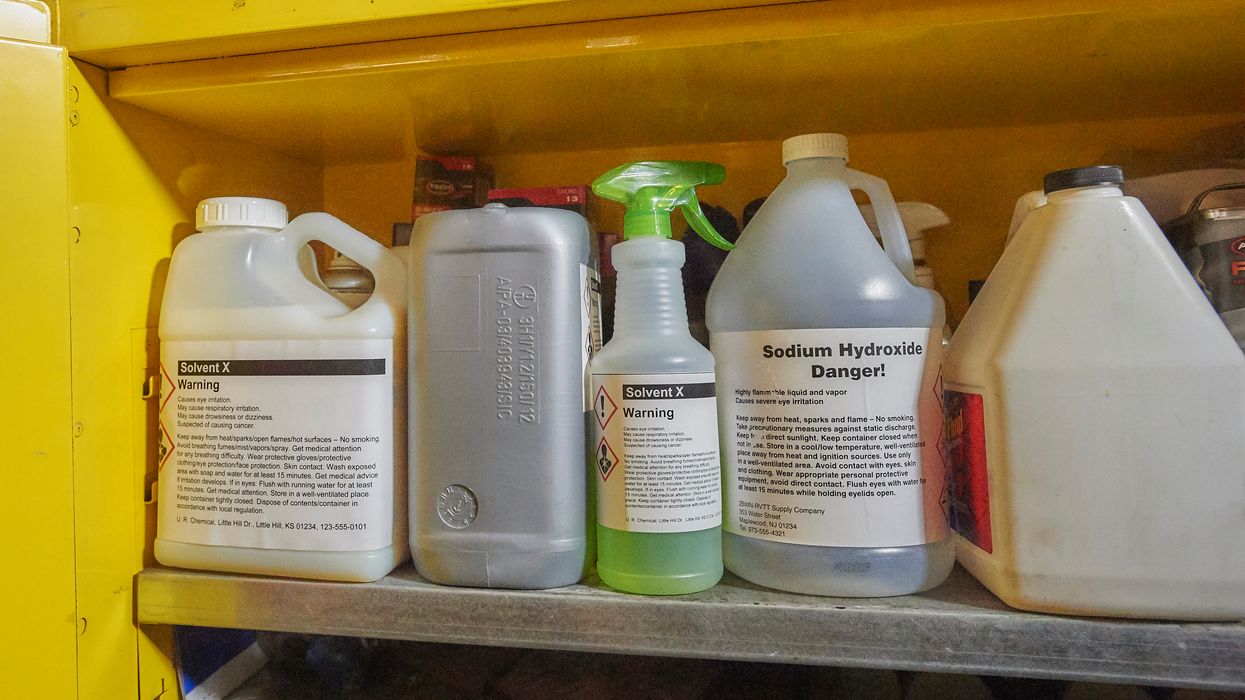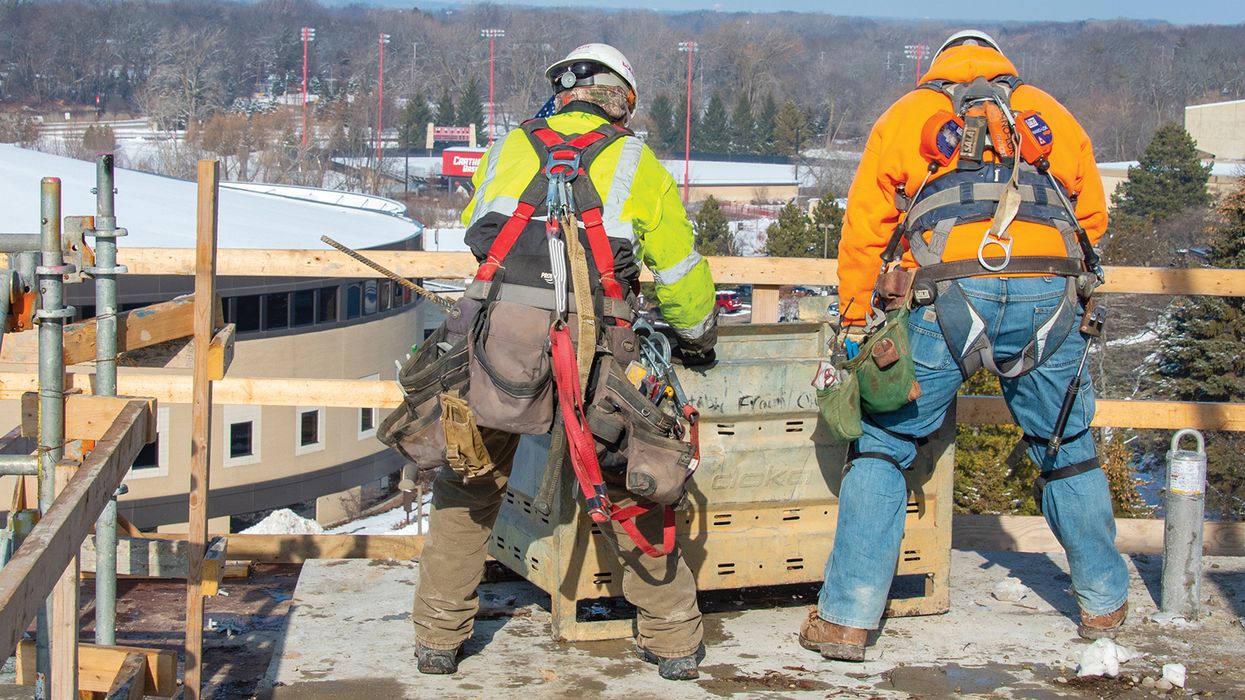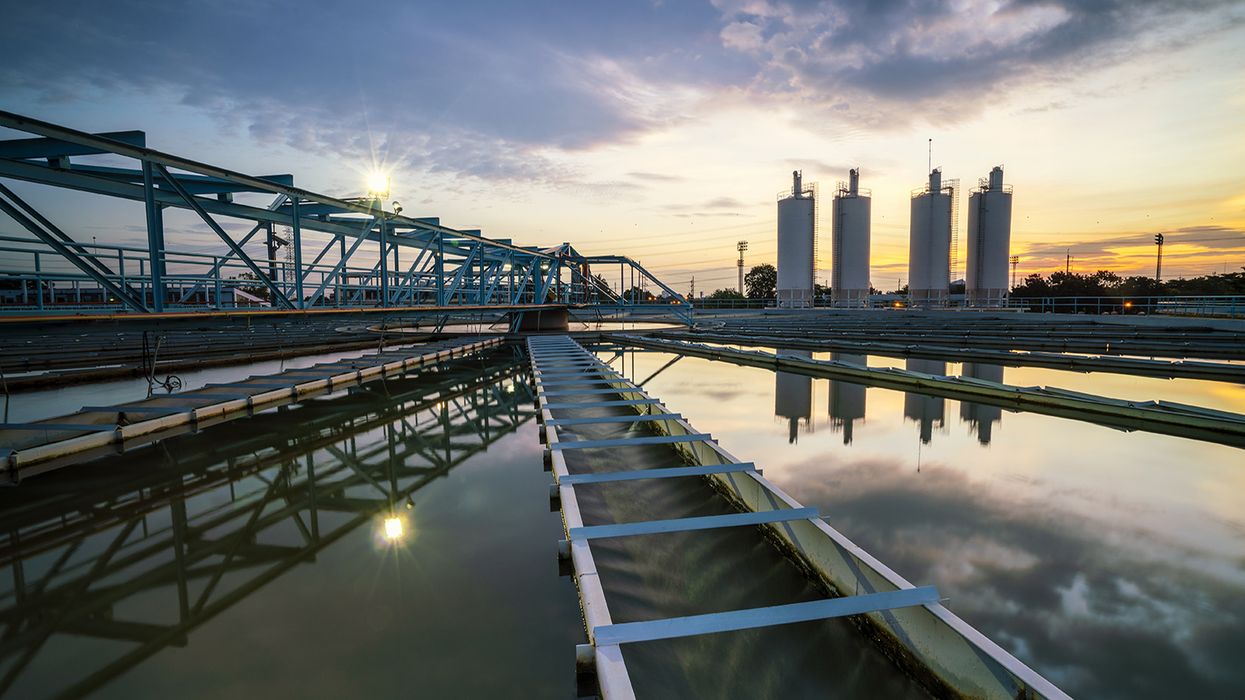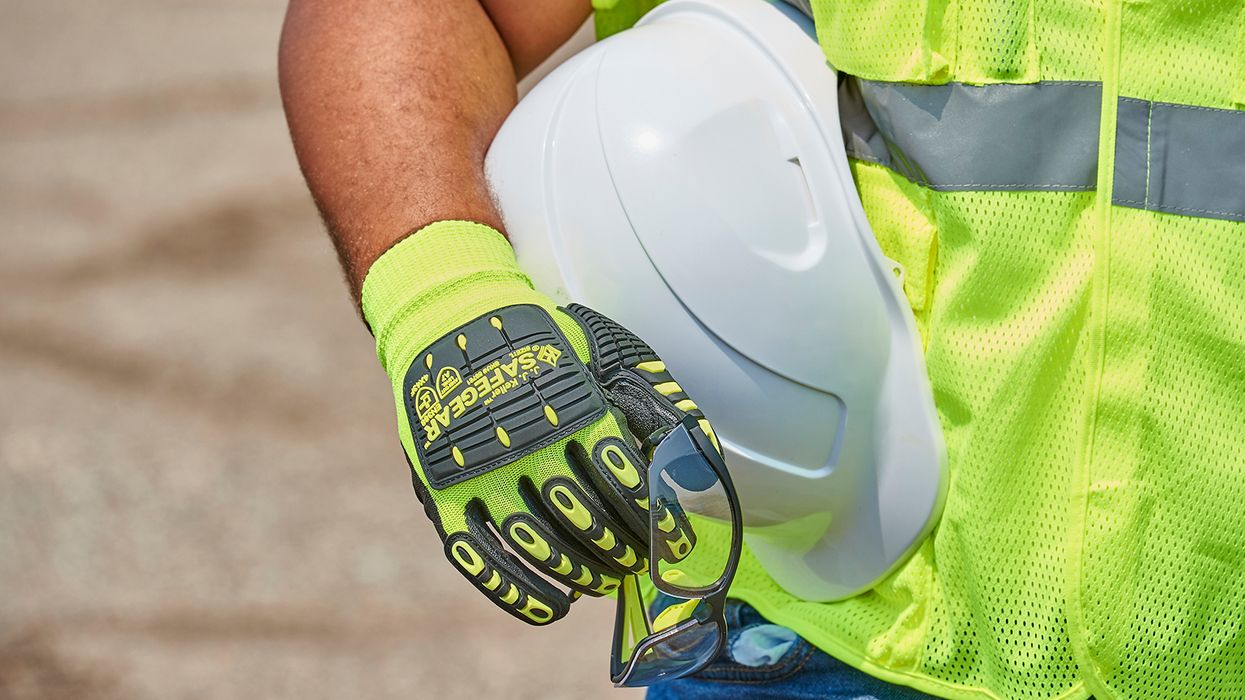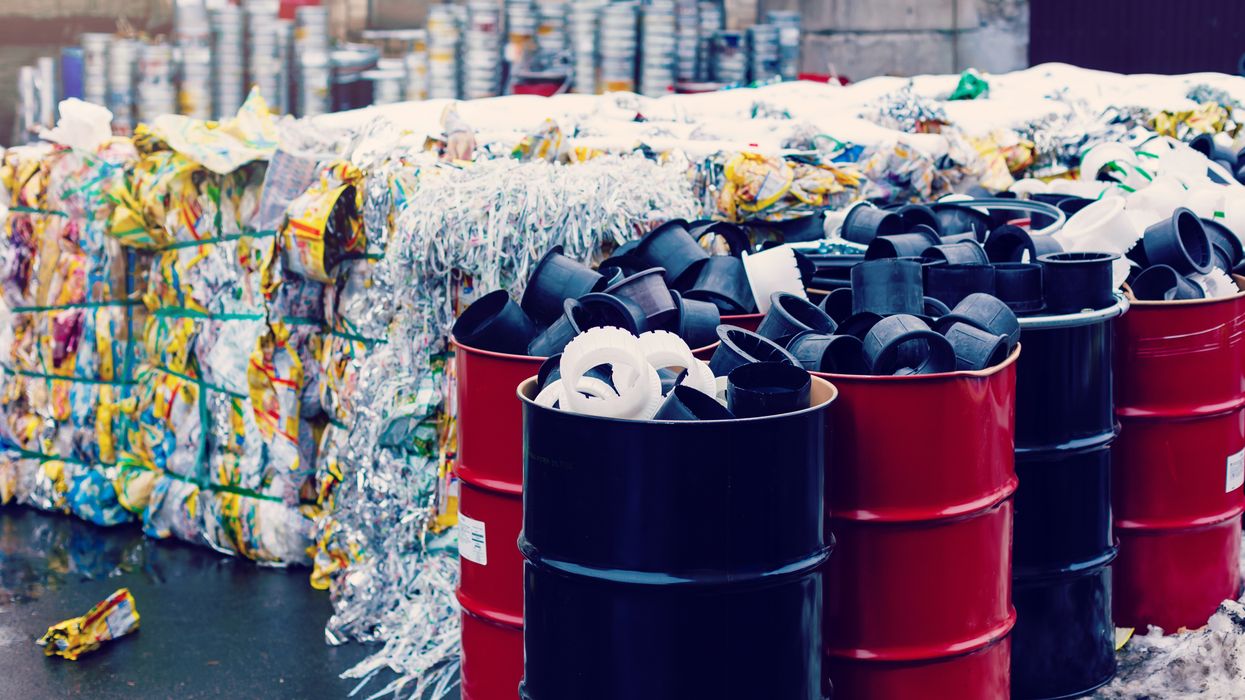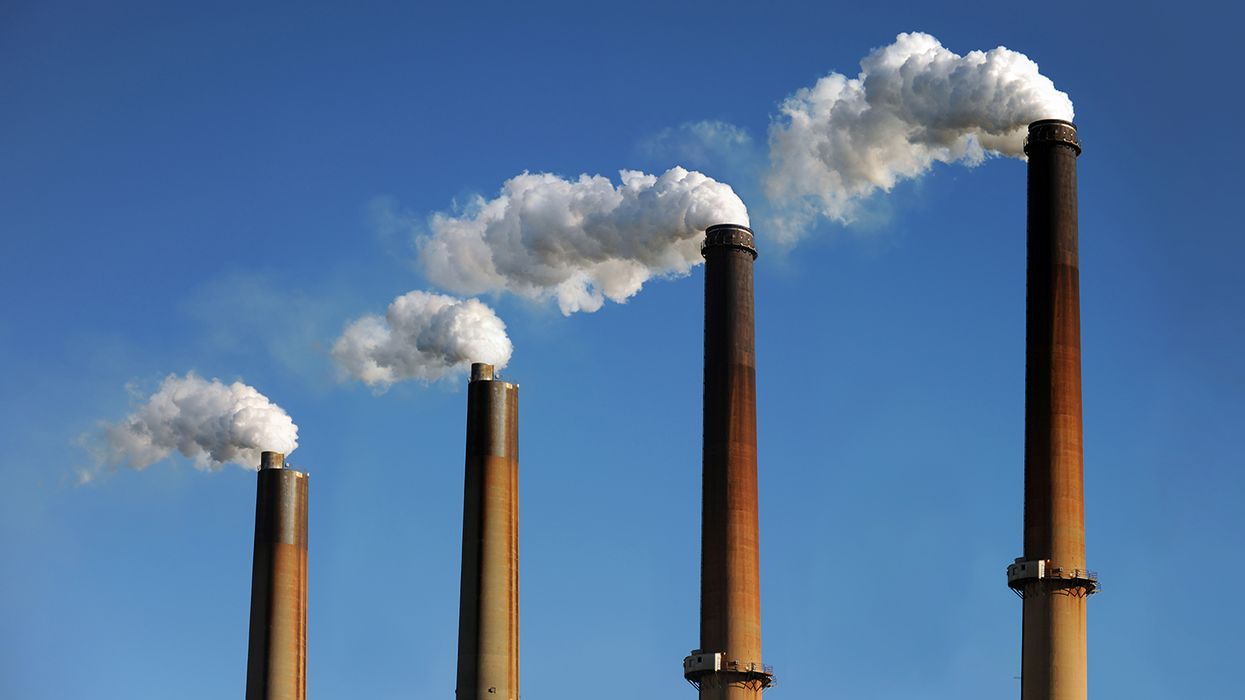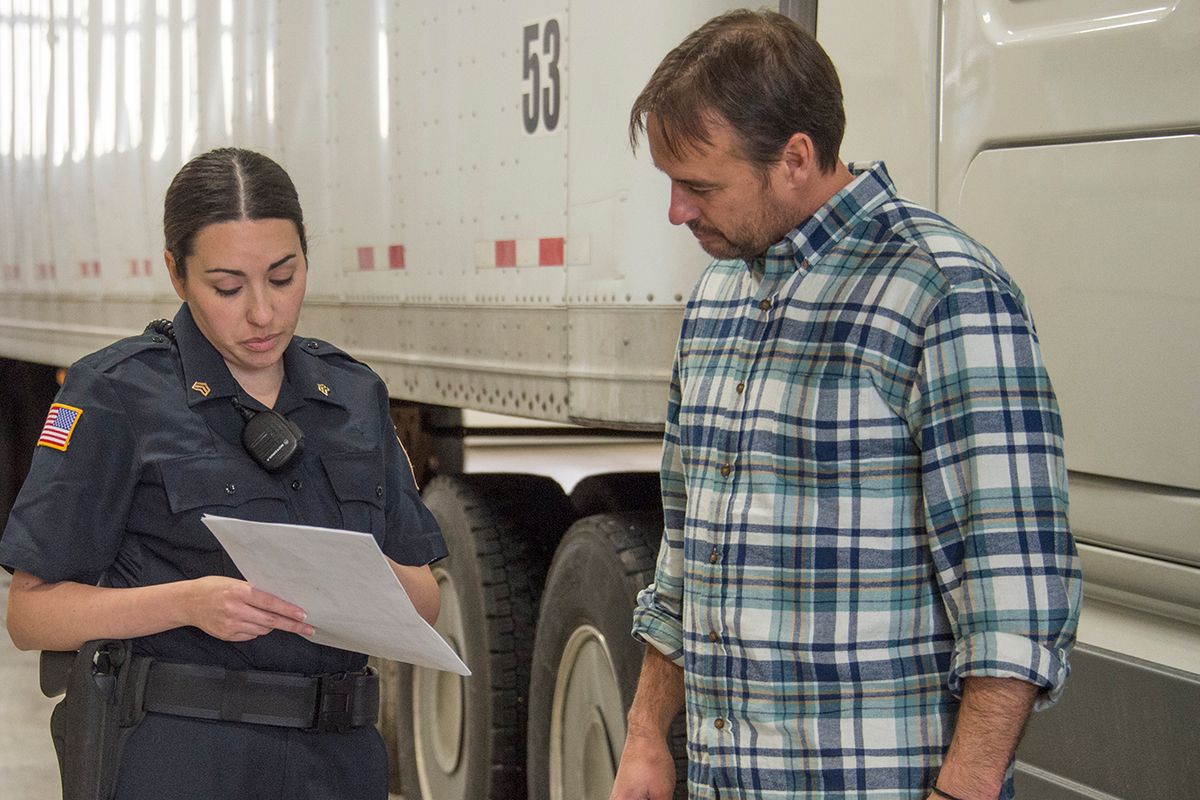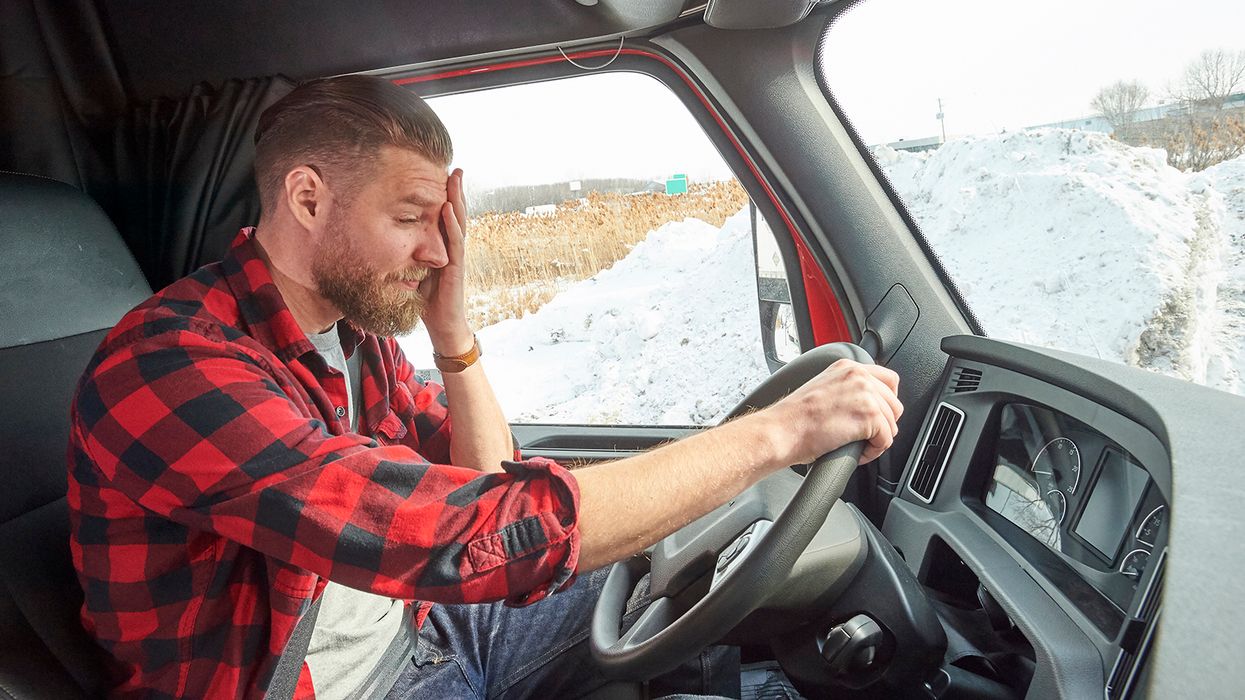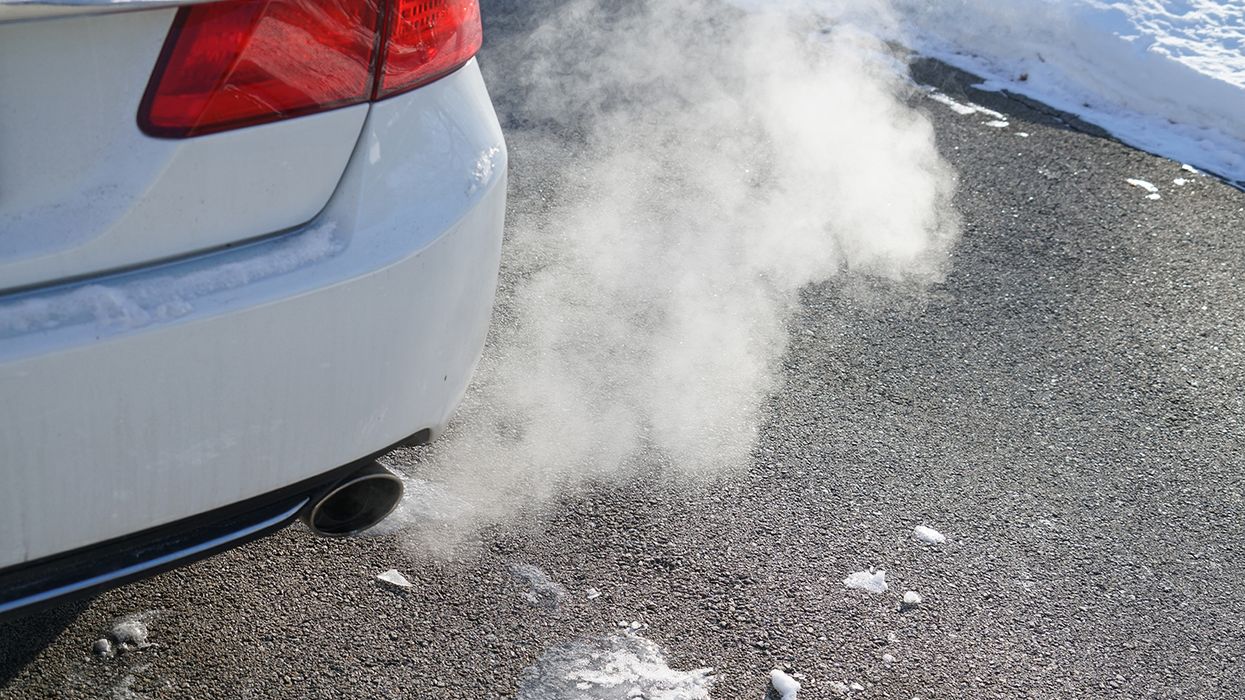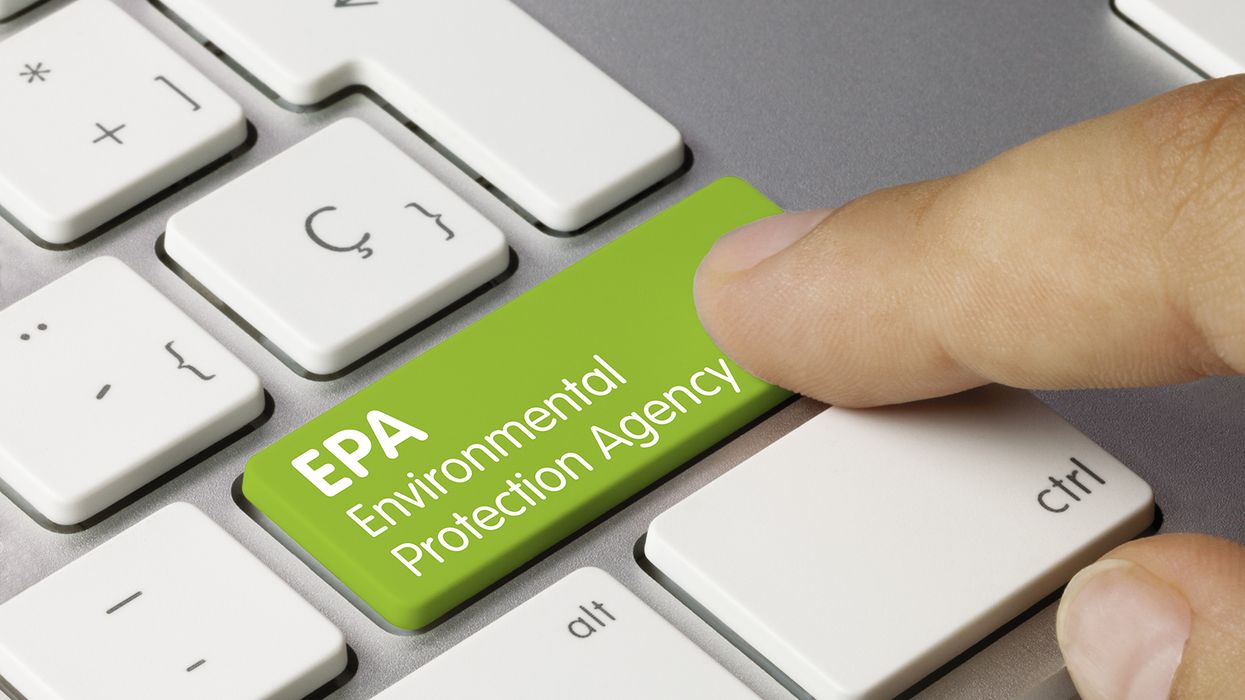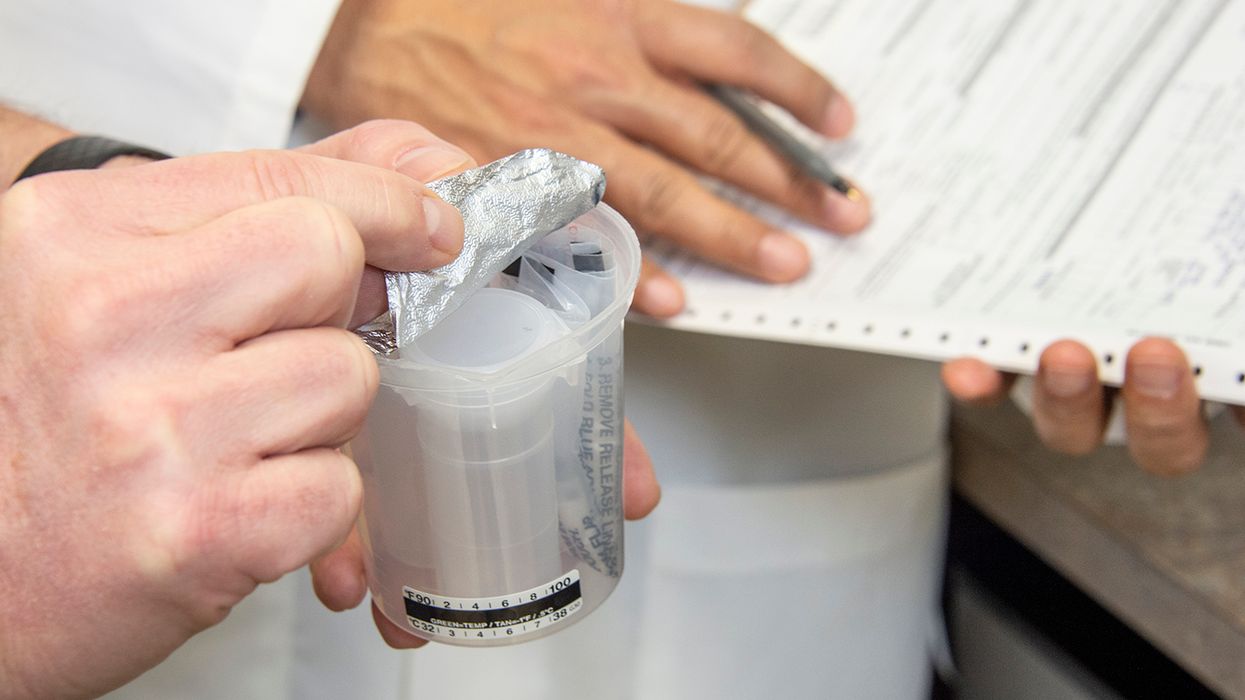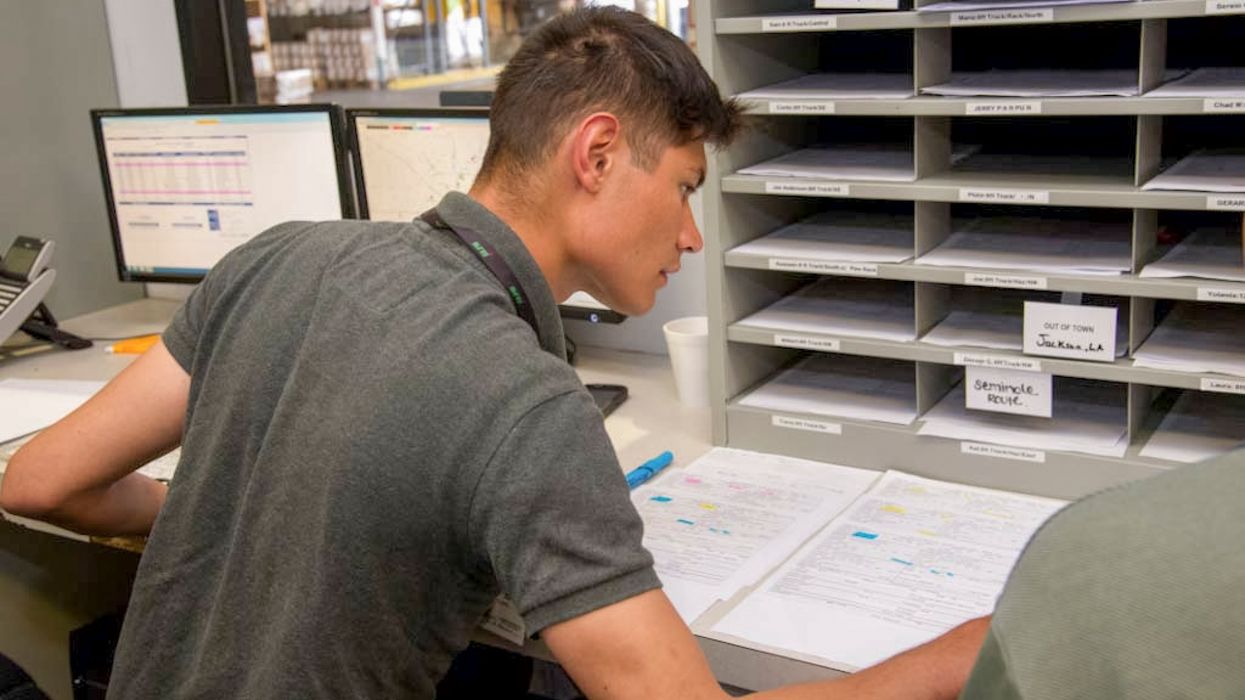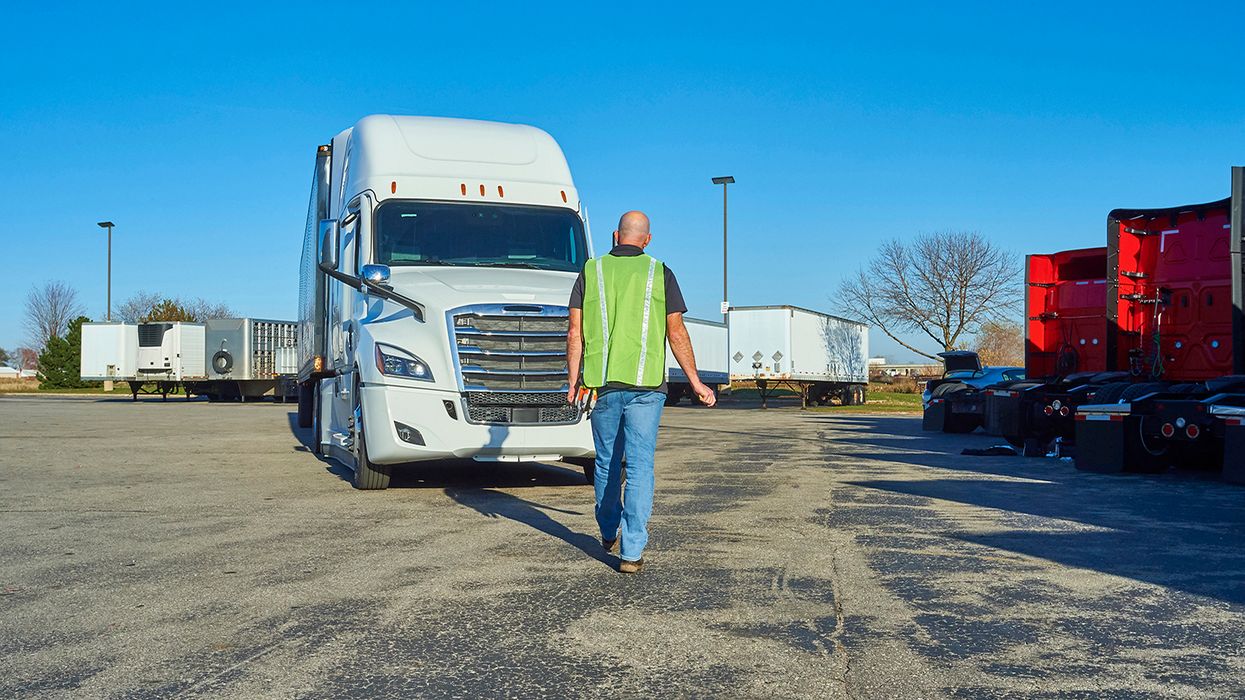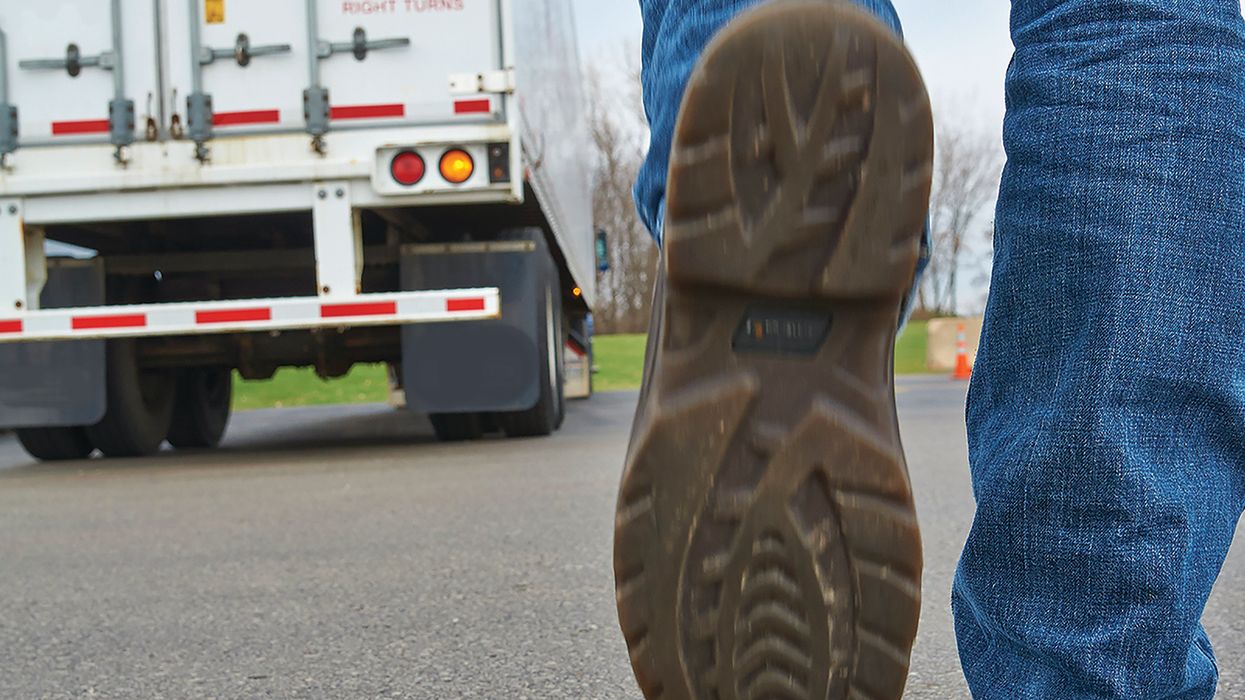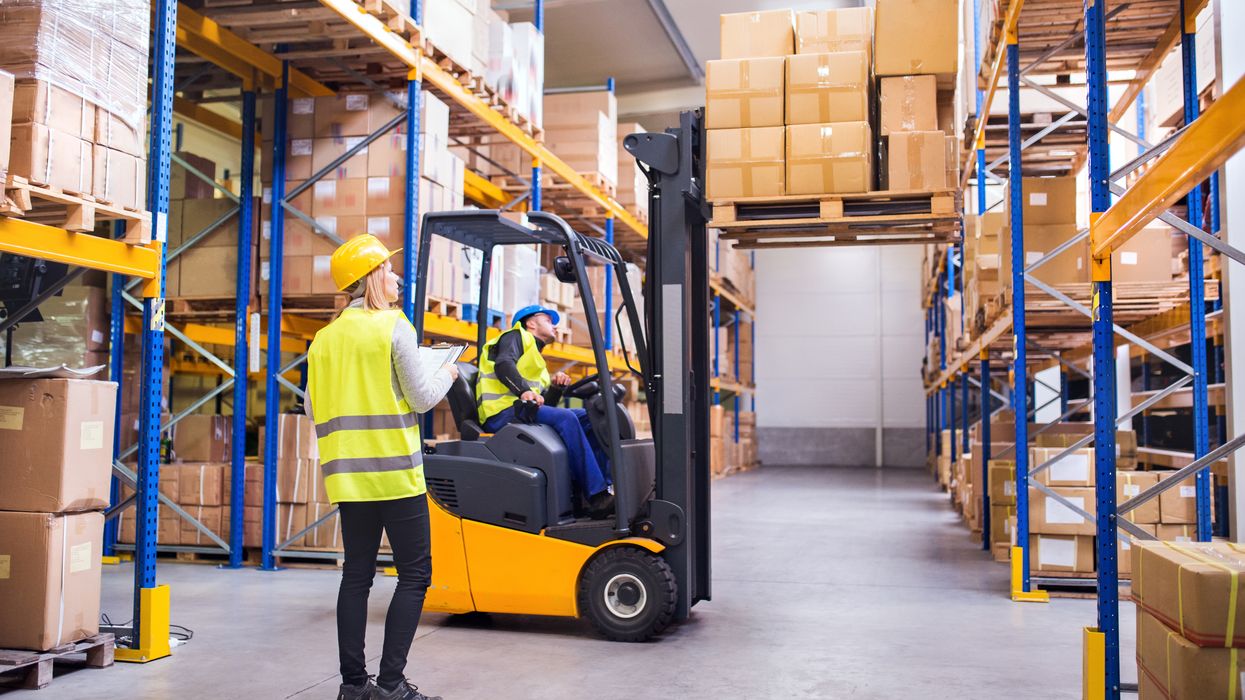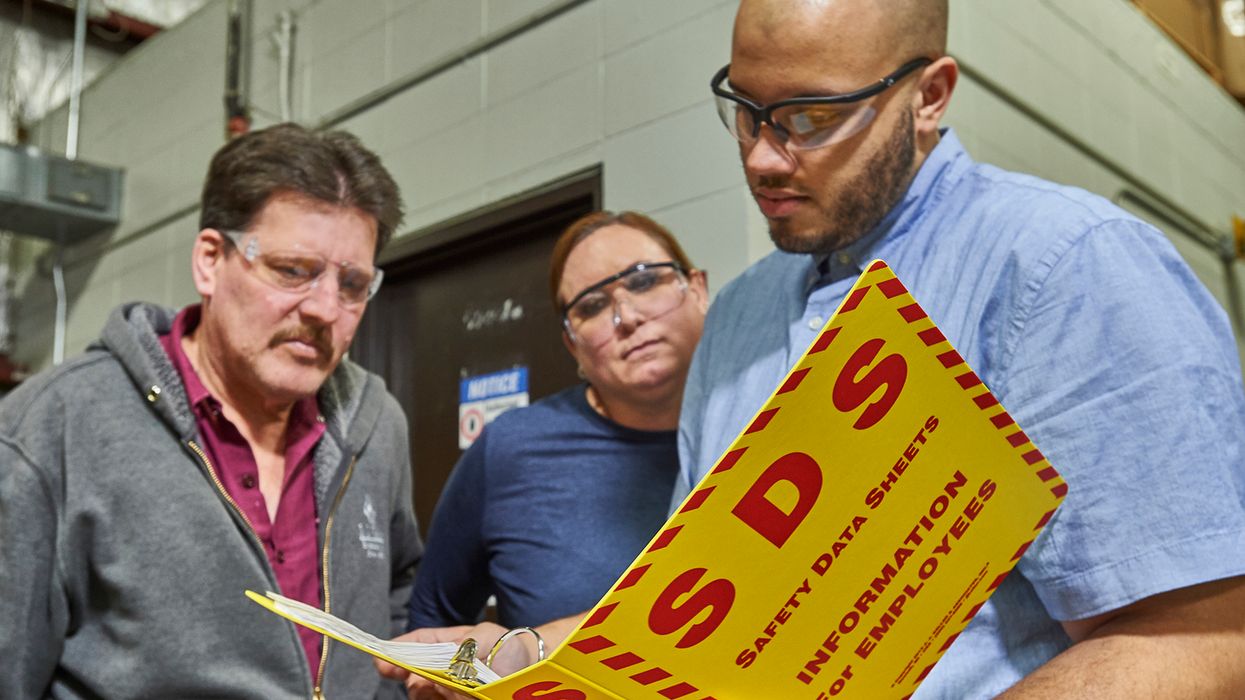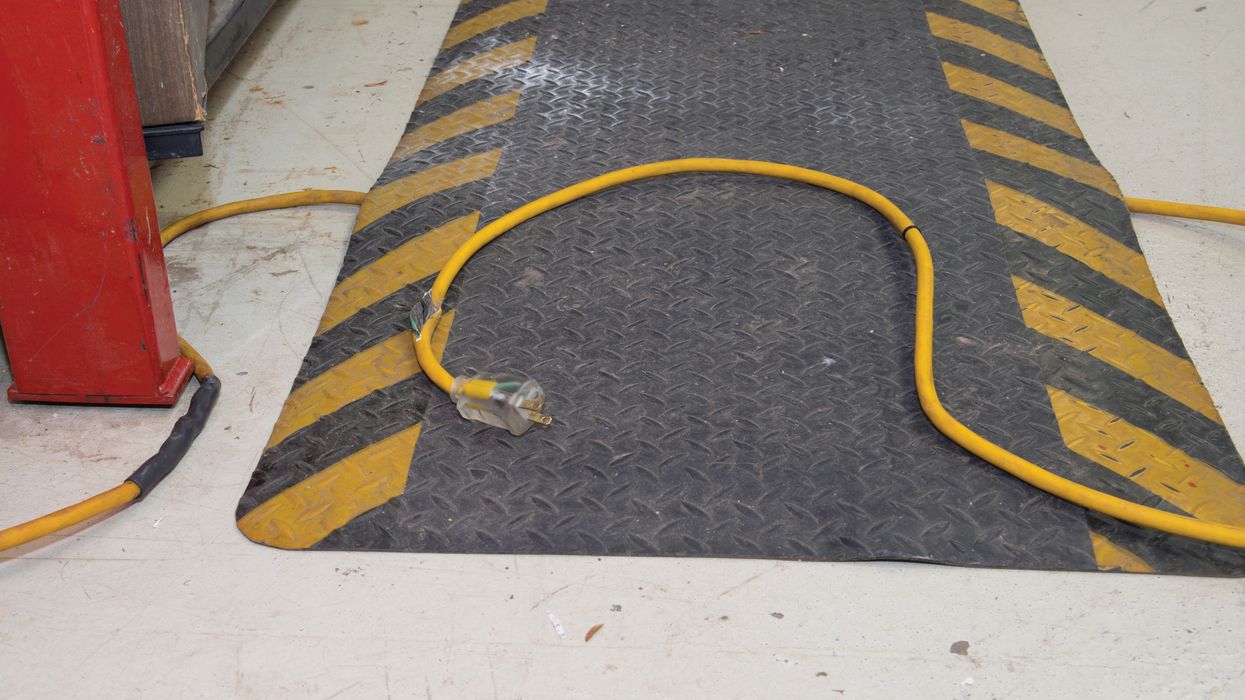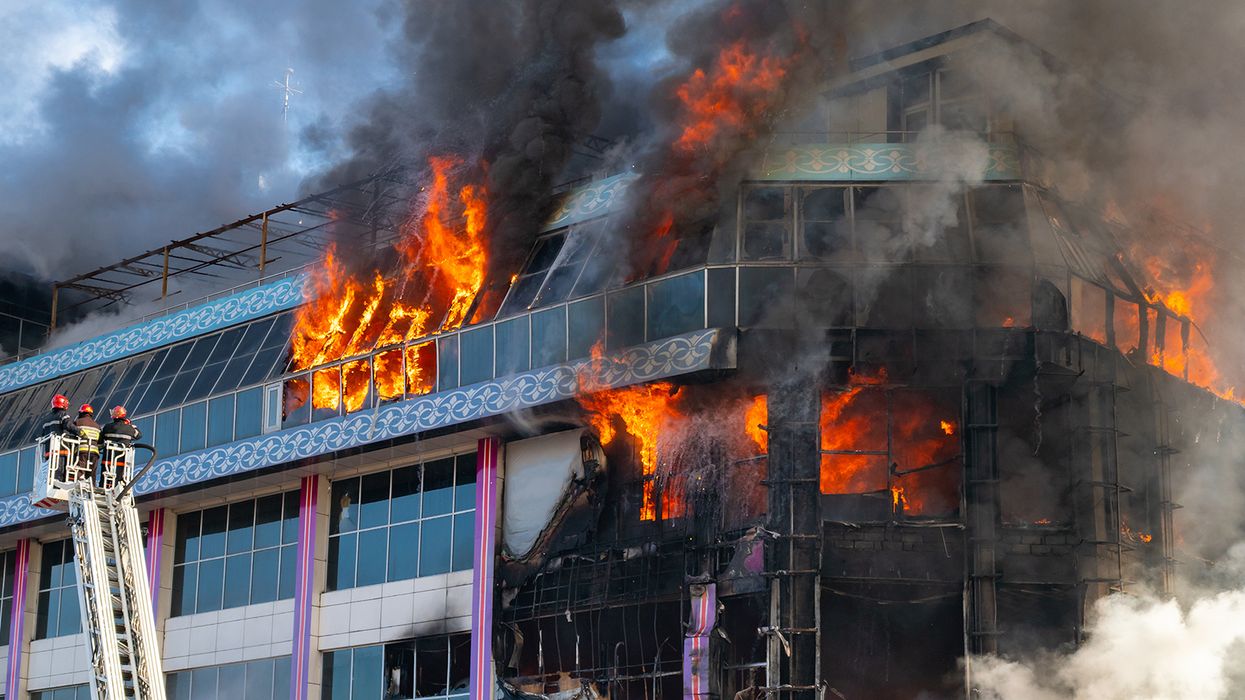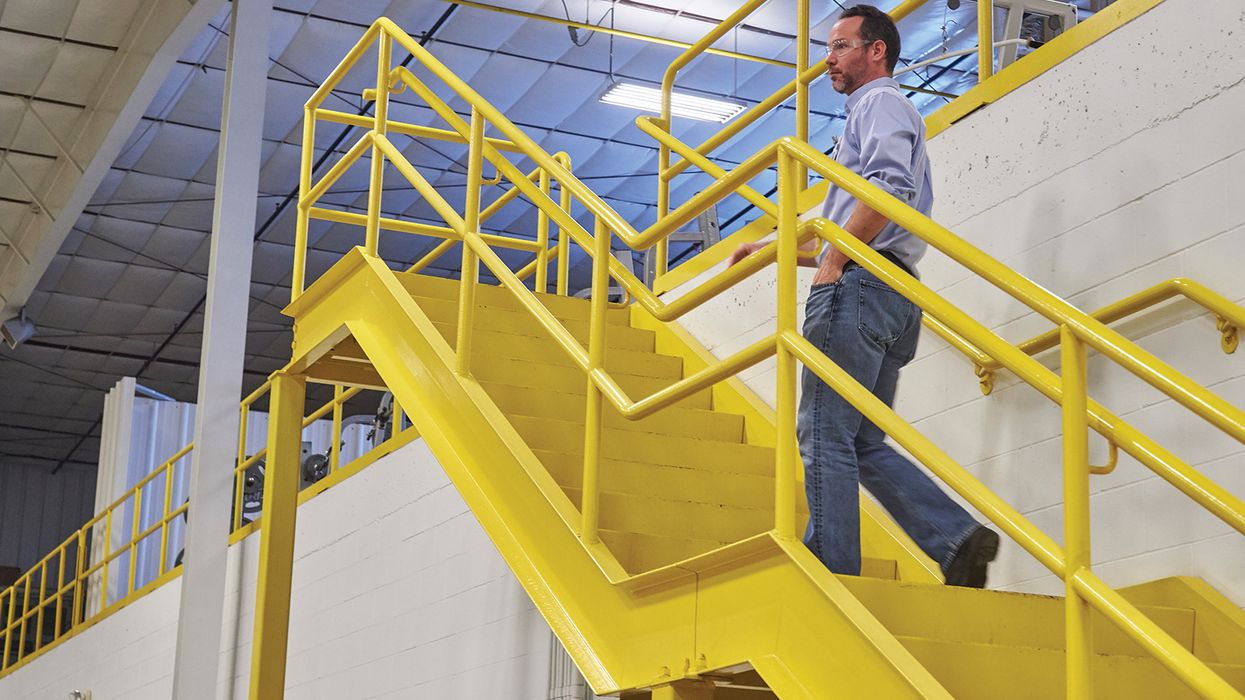Plan ahead for safe snow removal from roofs
When workers are tasked with removing snow from rooftops, they are potentially exposed to winter weather related hazards. Layers of ice can form as the temperature drops, making surfaces even more slippery. Workers may fall through skylights that are concealed by snow-covered rooftops. Electrical hazards may also exist from overhead power lines or snow removal equipment. Before snow starts to accumulate, think about your workplace, and develop procedures to safely remove snow from roofs or other elevated surfaces.
Understand snow load
Snow load is the pressure exerted by the snow on a surface (e.g., the roof). It will vary depending on the snows’ water content, melting and refreezing, drifting, roof slope, type of roof, and building design features. Knowing when to remove snow from a roof by weighing it against the roof’s load-bearing capacity removes any guesswork.
The amount of weight that a roof can safely support is based on local building code requirements and should be available within the design specifications for your building. Keep in mind that if the structure or roof shows signs of deterioration, the roof might support less weight than would otherwise be expected. This information is also important if your workers will be on the roof to remove snow (thus adding to the total load).
Don’t go on the roof
Whenever possible, employers should use methods to clear ice and snow without requiring their workers to go on the roof. This may be accomplished by using ladders, snow rakes, or drag lines. But even these methods can pose various hazards to workers. An effective means to access a rooftop to apply de-icing materials is to use a ladder. To prevent falls from ladders, especially during the winter months, workers must follow safe work practices, such as:
- Ensuring the ladder is secure and on level footing;
- Checking the ladder rungs for ice accumulation;
- Cleaning snow from shoes or boots before mounting the ladder;
- Extending the ladder 3-feet above the upper level/roof;
- Maintaining three points of contact; and
- Avoiding heavy or bulky objects or loads being carried up the ladder.
Workers may want to use an aerial lift (e.g., boom lift) to transport de-icing equipment or to push or scrape snow from the roof. To avoid a potential fall, workers should not only be in full-body restraint and secured to an anchor point, but also keep both feet on the floor of the work platform and avoid climbing on the guardrails.
When using snow rakes or other extendable tools to remove snow, ensure they are nonconductive should the worker accidentally come into contact with any electrical hazards. Maintain a distance of at least 10 feet from any power line, and always treat wires and other conductors as energized, even if they are down or appear to be insulated.
Keep workers and spectators on the ground protected from snow falling from roofs by marking a safe work zone in the area where snow is to be removed. Wear eye and head protection, especially when removing ice. Remove small amounts of snow at a time when using a snow rake.
Don’t add to your roof’s max snow load
If your workers must go on the roof, be sure the added weight of the worker(s) and any additional equipment being used doesn’t exceed the load limit of the structure. Keep in mind that the average adult male weighs 198lbs, the average adult female weighs 171lbs, and the average snowblower can weigh between 80 to 100lbs, not to mention the additional weight of any fall protection equipment that may be necessary.
Identifying how to shovel or remove snow from the roof is also important. Based on the building’s layout, snow should be removed uniformly across the roof. The worker should not inadvertently form snow piles and/or create an unbalanced snow load on the roof. Caution should also be taken with skylights that may be covered with snow and not easily identified.
Other considerations
Employers should develop safe work practices associated with cold exposure, which can cause frostbite and hypothermia. This includes limiting worker time spent outdoors, providing warm areas for use during breaks, and monitoring worker and weather conditions.
Workers need to understand that snow removal is a strenuous activity with the potential to cause exhaustion, dehydration, back injury, heart attack, and risk of fall. It’s important to follow proper lifting techniques, operate equipment at a modest rate, and take frequent breaks in a warm environment.
Key to remember: Employers have a responsibility to safeguard employees from known serious occupational dangers under the general duty clause of the OSH Act, including risks related to clearing snow off rooftops.

